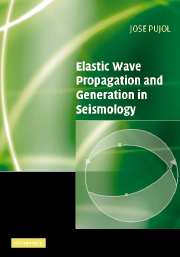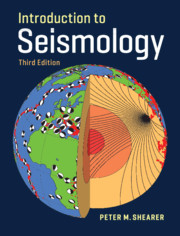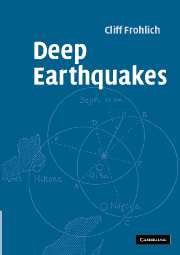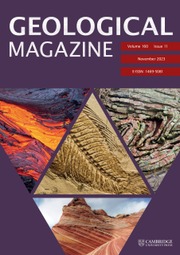Introduction to Seismology
This book provides an approachable and concise introduction to seismic theory, designed as a first course for undergraduate students. It clearly explains the fundamental concepts, emphasizing intuitive understanding over lengthy derivations. Incorporating over 30% new material, this second edition includes all the topics needed for a one-semester course in seismology. Additional material has been added throughout including numerical methods, 3-D ray tracing, earthquake location, attenuation, normal modes, and receiver functions. The chapter on earthquakes and source theory has been extensively revised and enlarged, and now includes details on non-double-couple sources, earthquake scaling, radiated energy, and finite slip inversions. Each chapter includes worked problems and detailed exercises that give students the opportunity to apply the techniques they have learned to compute results of interest and to illustrate the Earth's seismic properties. Computer subroutines and datasets for use in the exercises are available at www.cambridge.org/shearer.
- A concise and readable book for introductory seismology classes that explains key concepts without getting overwhelmed by theory
- Incorporates exercises at end of each chapter with solutions available online
- Includes examples of real seismic data, which help relate concepts to observations
Reviews & endorsements
'… a concise and practical survey text that does a fine job of covering the basics … it is ideally suited for an intermediate to advanced undergraduate class …' Seismological Research Letters
'… Shearer has a knack for clear explanations and for making otherwise difficult concepts easy to understand …' EOS
'As an introductory course textbook for upper-level undergraduate students it may be the best textbook available now.' Physics Today
'The fundamental concepts are clearly explained, emphasizing intuitive understanding …' Applied Mechanics Reviews
'… an excellent introduction for non-seismologists to grasp concepts behind seismological techniques.' Episodes
Product details
June 2009Paperback
9780521708425
412 pages
247 × 173 × 21 mm
0.82kg
10 b/w illus. 10 tables 79 exercises
Available
Table of Contents
- Preface to the first edition
- Preface to the second edition
- 1. Introduction
- 2, Stress and strain
- 3. The seismic wave equation
- 4. Ray theory: travel times
- 5. Inversion of travel time data
- 6. Ray theory: amplitude and phase
- 7. Reflection seismology
- 8. Surface waves and normal modes
- 9. Earthquakes and source theory
- 10. Earthquake prediction
- 11. Instruments, noise, and anisotropy
- Appendix A. The PREM model
- Appendix B. Math review
- Appendix C. The eikonal equation
- Appendix D. Fortran subroutines
- Appendix E. Time series and Fourier transforms
- Bibliography
- Index.







